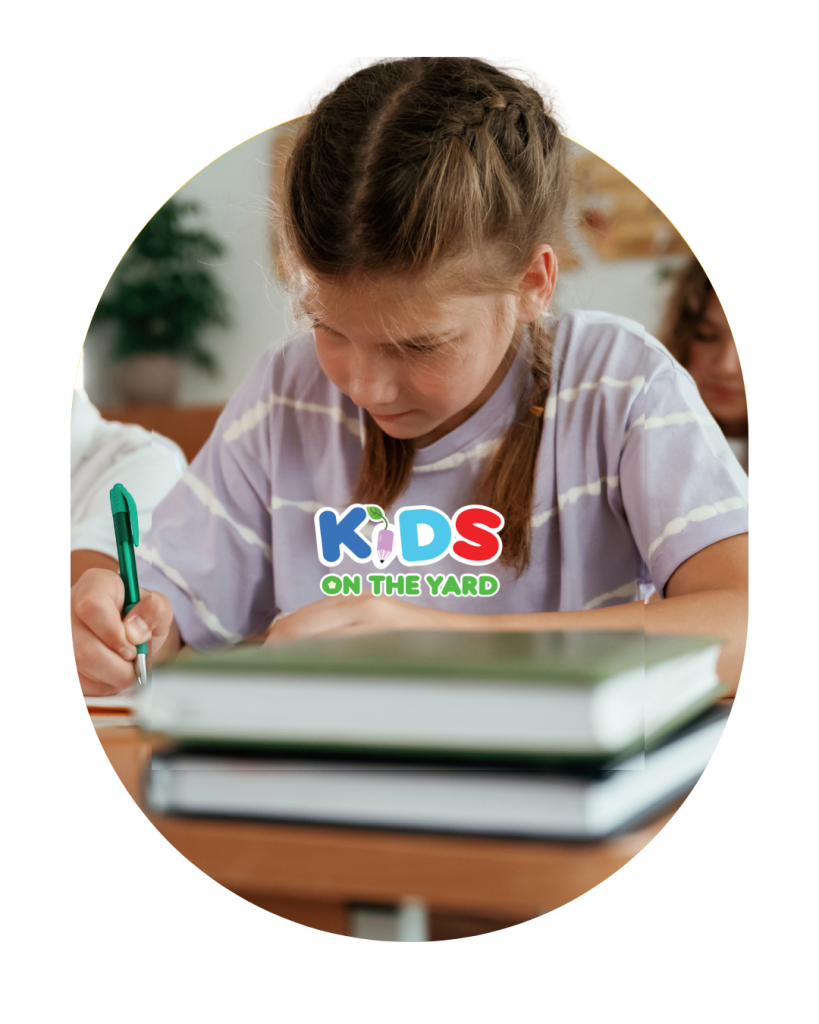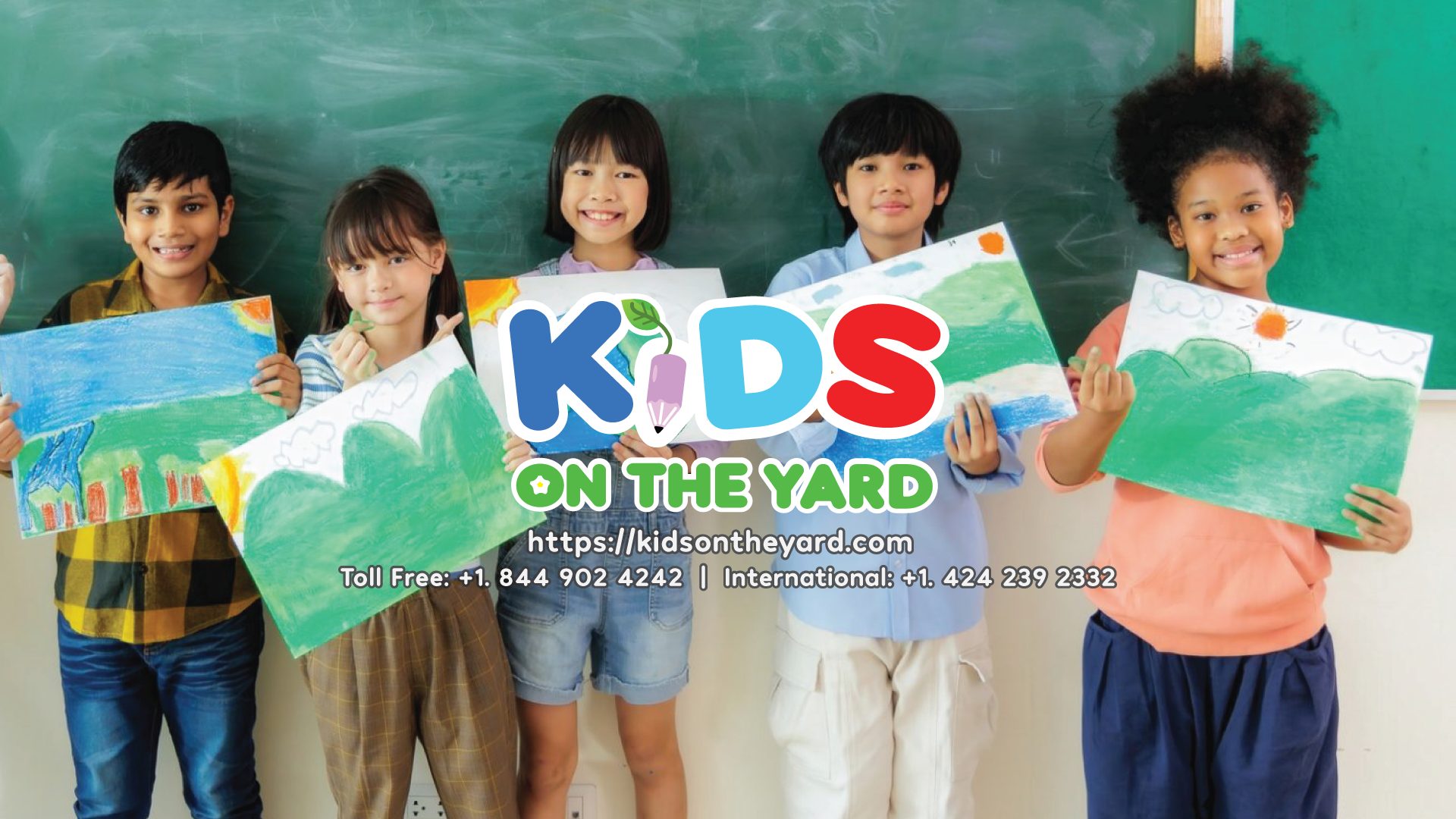|
Audio Article
|
Teachers’ Mindsets and Their Impact
Teachers’ beliefs about intelligence significantly influence their teaching methods and students’ learning experiences. Those with a growth mindset often employ diverse strategies to enhance student engagement, praising effort and viewing mistakes as learning opportunities. Conversely, educators with a fixed mindset might emphasize performance over the learning process, potentially discouraging risk-taking.
A teacher’s perspective profoundly affects student interactions. Those embracing a growth mindset generally maintain higher expectations for all students, creating a supportive atmosphere valuing improvement. This can lead students to believe in their potential, enhancing their self-esteem and performance.
Mindsets can vary by subject, influencing teaching approaches and student attitudes accordingly. Interestingly, experience level doesn’t necessarily predict mindset, and cultural differences may play a role in teachers’ viewpoints on intelligence.
Efforts to improve teachers’ mindsets often focus on professional development, encouraging reflection on personal beliefs and their impact on teaching. By fostering a growth mindset, educators can create classrooms where students feel empowered to explore their capabilities.

Manifesting Growth Mindsets in Teaching
Creating an environment that nurtures a growth mindset involves specific teaching strategies:
- Promoting productive struggle: Encourages students to embrace challenges and work through difficulties. Teachers can foster this by posing thought-provoking questions instead of providing immediate solutions.
- Establishing a mastery-oriented culture: Shifts focus from grades to the learning journey. Teachers can highlight students’ improvements over time and celebrate the learning process.
- Implementing goal-oriented structures: Teachers can set clear, achievable goals for students.
- Integrating reflective practices: Ask students to consider effective problem-solving strategies, helping them build self-awareness and adaptability.
These strategies, when consistently applied, create a dynamic learning environment where students feel encouraged to explore, take risks, and learn from their experiences.
Connection Between Teacher and Student Mindsets
When teachers model a growth mindset, students are more likely to adopt similar attitudes toward learning. By promoting an environment where effort is acknowledged and successes are celebrated, teachers can instill in students the belief that their abilities can be developed with persistence.
Teachers who demonstrate resilience in facing challenges and share their own learning processes provide powerful examples. This exposure can shift students’ goal orientations from merely achieving high grades to truly understanding and mastering new concepts.
“Discussing the power of effort over natural talent helps demystify intelligence as something innate and unchangeable.”
Students begin to view effort as a crucial component of success, encouraging deeper engagement with their studies without fear of failure.
Teaching practices that encourage questions and foster collaboration further support the development of a growth mindset in students. This creates a positive feedback loop, reinforcing the educator’s role in cultivating an adaptive and resilient classroom environment.
Developing Teachers’ Growth-Oriented Practices
To develop teachers’ growth-oriented practices, a comprehensive approach is essential. Professional development programs should offer practical insights into leveraging mindsets as a tool for educational success.
Strategies for developing growth-oriented practices include:
- Integrating continuous learning opportunities (workshops, seminars)
- Implementing mentorship programs
- Establishing collaborative professional learning communities (PLCs)
- Encouraging self-assessment of beliefs and teaching methods
- Instituting a school-wide growth mindset culture

By aligning school policies and philosophies with growth-oriented principles, educational leaders can create a cohesive environment where these beliefs are consistently reinforced.
This multifaceted strategy enhances teacher efficacy and creates an enriched learning environment that drives student achievement and encourages a lifetime love of learning.
In teaching, the mindset of educators profoundly influences the learning environment and student outcomes. A growth-oriented approach can transform classrooms into spaces where students feel encouraged to embrace challenges and develop their abilities.
How does a teacher’s mindset affect students?
Teachers with a growth mindset encourage students to view challenges as opportunities, boosting confidence and motivation. Conversely, a fixed mindset can make students more focused on grades rather than the learning process, potentially leading to fear of failure.
Can a teacher’s mindset vary by subject?
Yes. Some teachers may adopt a growth mindset in one subject but have a more fixed perspective in another. This can affect the way students perceive their abilities in different areas of learning.
Does experience level determine a teacher’s mindset?
Not necessarily. While experience can shape teaching philosophies, even veteran educators may hold fixed beliefs, while newer teachers can have a strong growth-oriented approach. Continuous professional development helps reinforce positive mindsets.
What are some strategies teachers can use to promote a growth mindset?
Encouraging productive struggle by allowing students to work through challenges
Shifting focus to mastery and progress rather than just grades
Setting clear, achievable goals
Using reflective practices to help students assess their learning strategies
Modeling resilience by sharing personal learning experiences
How does a teacher’s mindset influence classroom culture?
A growth-oriented teacher fosters a supportive environment where mistakes are seen as learning opportunities. This encourages students to take risks, ask questions, and develop problem-solving skills without fear of failure.
What role does professional development play in shaping teachers’ mindsets?
Workshops, mentorship programs, and professional learning communities (PLCs) help teachers reflect on their beliefs and implement strategies that encourage a growth mindset in themselves and their students.
Can a school’s culture influence teachers’ mindsets?
Absolutely. A school that prioritizes a growth-oriented approach through policies, professional development, and collaboration fosters a unified environment that benefits both teachers and students.
How can teachers model a growth mindset for students?
Teachers can:
Share their own learning experiences and struggles
Praise effort and persistence over innate ability
Encourage students to view failures as stepping stones to success
Foster collaboration and curiosity in the classroom
How can elementary teachers encourage a growth mindset in young students?
Teachers can:
Praise effort instead of saying “You’re so smart!”
Use phrases like “You don’t know this yet” to encourage perseverance
Encourage mistakes as part of learning
Teach students about brain development and how practice strengthens skills
Share their own struggles and model resilience
What role do mistakes play in learning at the elementary level?
Mistakes help students understand what they need to work on. When teachers emphasize learning from mistakes rather than fearing them, students become more comfortable with challenges and more likely to try again after setbacks.
How can elementary teachers make learning goals more growth-oriented?
Instead of focusing only on grades, teachers can:
Set personalized learning goals for students
Celebrate progress, not just correct answers
Use visual progress charts to show improvements over time
Encourage a “one step at a time” approach to difficult tasks
How can a school create a growth-mindset culture in elementary classrooms?
Schools can:
Provide professional development on growth mindset for teachers
Encourage growth-mindset language in classrooms
Recognize and celebrate student effort and progress
Integrate growth-mindset lessons into everyday teaching
- Hattie J. Visible Learning: A Synthesis of Over 800 Meta-Analyses Relating to Achievement. Routledge; 2009.
- Dweck CS. Mindset: The New Psychology of Success. Random House; 2006.
- Yeager DS, Dweck CS. Mindsets that promote resilience: When students believe that personal characteristics can be developed. Educ Psychol. 2012;47(4):302-314.
- Blackwell LS, Trzesniewski KH, Dweck CS. Implicit theories of intelligence predict achievement across an adolescent transition: A longitudinal study and an intervention. Child Dev. 2007;78(1):246-263.
- Rissanen I, Kuusisto E, Tuominen M, Tirri K. In search of a growth mindset pedagogy: A case study of one teacher’s classroom practices in a Finnish elementary school. Teach Teach Educ. 2019;77:204-213.


